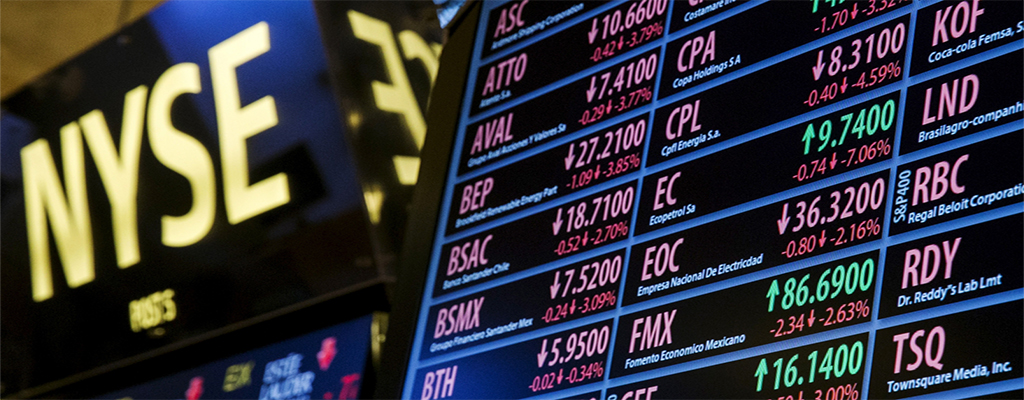Inflation seen falling below 2 percent

LOWER prices of key food items, particularly rice, could lead to April inflation falling below the lower-end target, analysts said.
The median forecast in The Manila Times poll was 1.8 percent, unchanged from last month's print. This is within the 1.3 percent to 2.1 percent estimate of the Bangko Sentral ng Pilipinas (BSP) for the month.
If realized, this is the second straight month that inflation falls below the 2.0 to 4.0 percent target of the government.
The Philippine Statistics Authority (PSA) will release last month's inflation data on Tuesday, May 6.
Chinabank Research, Union Bank of the Philippines chief economist Ruben Carlo Asuncion, and Bank of the Philippine Islands lead economist Emilio Neri have the lowest forecast of 1.6 percent, citing lower prices of key food items.
"The deceleration could be attributed to prices of key food items such as rice, fish, vegetables, and fruits, as well as of LPG (liquefied petroleum gas). On the other hand, higher electricity rates and the LRT-1 fare hike lower exerted upward price pressures for the month," Chinabank Research said.
"If inflation continues to run below or around the lower end of the BSP's target, we think this could give room for another policy rate cut from the BSP at its next meeting in June," it added.
Meanwhile, Asuncion said that lower global oil prices may have also contributed to more easing of inflation. However, upside risks "may come from higher demand for electricity that may partly offset the April headline CPI uptick," he added.
This was echoed by Neri, adding that with global oil prices remaining stable and the peso holding at the P56:$1 level, "most data appear conducive to another rate reduction."
"Considering the current inflation outlook, the possibility of another rate cut by the BSP at their June policy meeting seems plausible," Neri said.
Emmanuel Lopez from the University of Santo Tomas Graduate School and Philippine National Bank economist Alvin Arogo both project inflation to remain at 1.8 percent.
Lopez said this is due to the stable movement of basic indicators like food and other agricultural items.
"Despite the record vacancies in rentals of dwellings, consumer demand remains stable and consistent," Lopez said.
For his part, Arogo argued that rice prices and the plunge in cost of oil likely kept inflation below the central bank's target.
Security Bank Corp. chief economist Angelo Taningco, Citi Philippines and Metrobank Research, meanwhile, all forecast inflation to slightly increase to 1.9-percent in April.
Citi said that inflationary pressures could stem from potential increases in transport fares, meat prices, and utility rates.
Taningco pointed to rising monthly prices of fruits and vegetables, along with higher electricity rates, as possible drivers of inflation.
Metrobank Research highlighted pork and electricity costs as key concerns this month, emphasizing that pork was a major contributor to inflation due to a sharp price surge caused by the African swine fever.
Having the highest forecast of 2.1 percent, Pantheon Macroeconomics economist Miguel Chanco cited the slight uptick in food inflation. However, he said risks remain tilted to the downside due to last month's decline in fuel prices.
What's Your Reaction?
 Like
0
Like
0
 Dislike
0
Dislike
0
 Love
0
Love
0
 Funny
0
Funny
0
 Angry
0
Angry
0
 Sad
0
Sad
0
 Wow
0
Wow
0








































